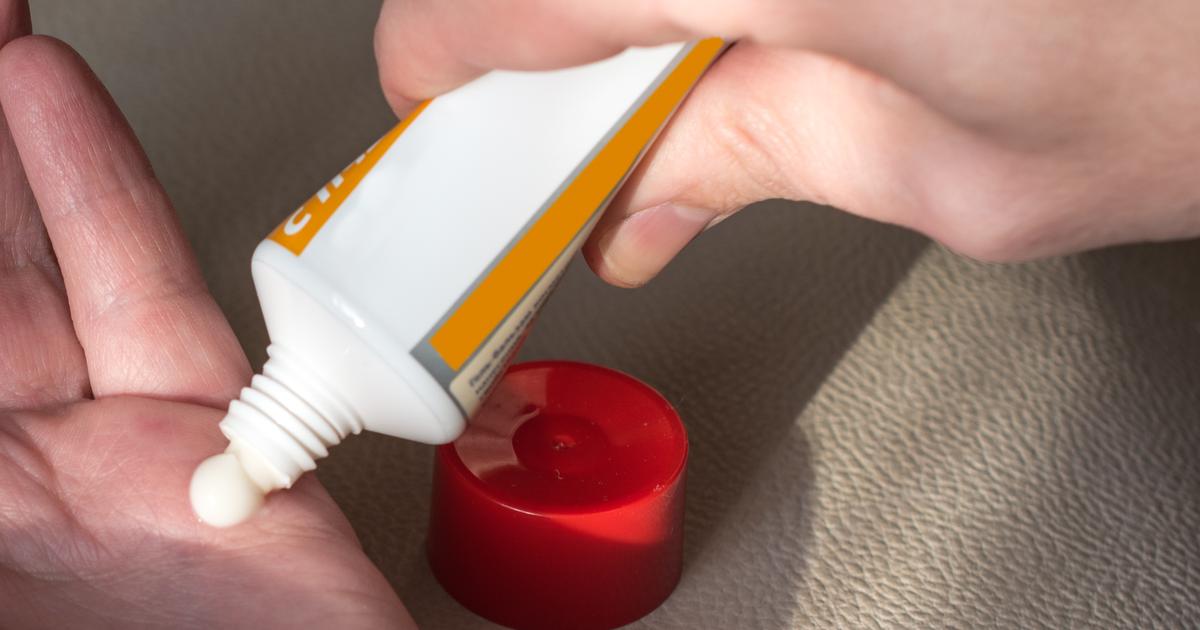How To Effectively Treat Hyperpigmentation
Hyperpigmentation is a common skin condition that typically presents in a person as their body ages. In this condition, patches of the skin become darker than the individual's normal skin tone. It occurs when melanin, the naturally brown pigment responsible for producing an individual's normal skin color, gathers in deposits on the skin, creating a darker patch. Hyperpigmentation affects individuals of all skin colors and tones, regardless of race. The most common form of this condition presents as liver or age spots, which occur as a result of sun damage over the course of an individual's life. Most patches develop on the hands and face and are harmless, though unsightly.
The following treatments have been shown to be effective in treating hyperpigmentation.
Use Topical Creams

Most doctors and dermatologists will recommend a patient use topical creams to address their hyperpigmentation. Because the issue is a cosmetic one, costs for treatment will come out-of-pocket, and this can be considered and factored in when choosing which option is best for an individual. Topical treatments typically include several common agents, such as hydroquinone, tretinoin cream, glycolic acid, azelaic acid, and corticosteroids. Hydroquinone is most used as an ingredient in prescription bleaching creams, either alone or with retinoids (tretinoin). Mild corticosteroids have also been shown to improve areas of discoloration, fading them over several months. These topical solutions allow instances of hyperpigmentation to become less noticeable because they treat the epidermis, or the topmost layer of the skin, where the issue is located.
Learn more about treating hyperpigmentation now.
